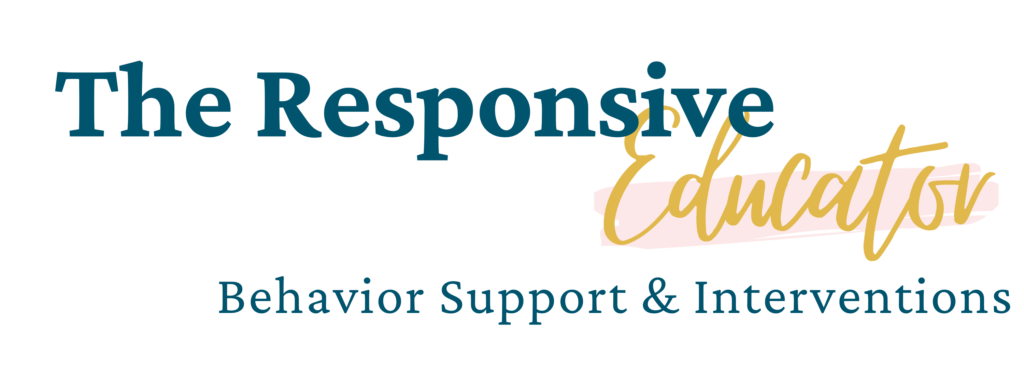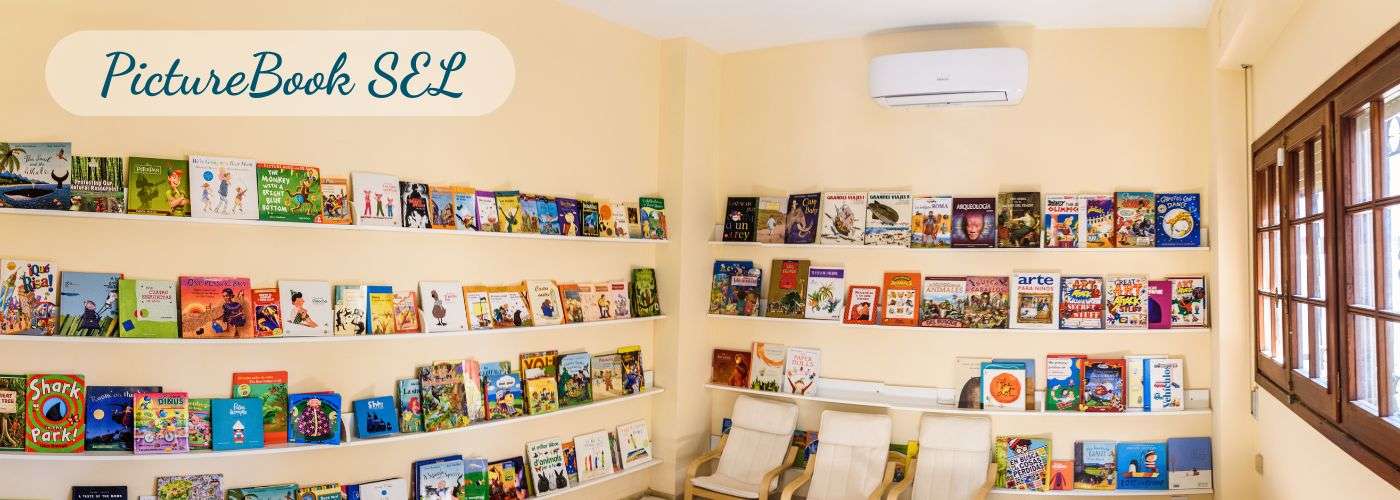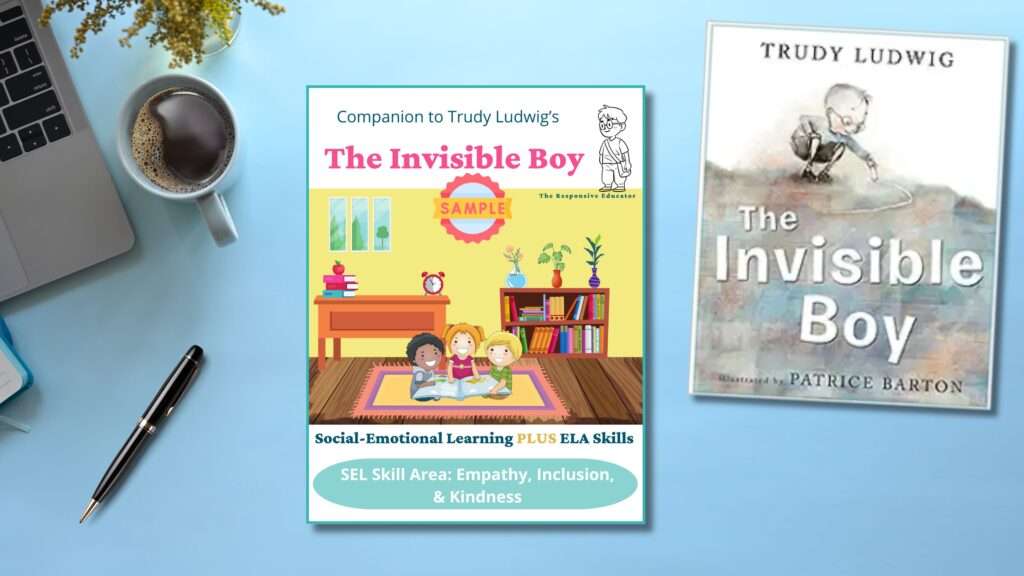


Did you know that May 10th is National Clean Your Room Day? While cleaning up might not be every child’s favorite activity, the right book can make it a little more fun—and even inspire better habits! From humorous takes on messy bedrooms to dragons learning responsibility, these engaging stories help children understand the importance of tidying up in a way that feels enjoyable, not like a chore. Whether you’re a parent, teacher, or caregiver, these books are perfect for sparking conversations about organization, responsibility, and teamwork.
Check out our top picks for books that encourage kids to clean up and take pride in their spaces!
For some of these books, I have created interactive read-alouds to enrich their use in the classroom. These interactive read-alouds include discussion questions, activities, and prompts that engage students and deepen their understanding of the book’s themes. More interactive read-alouds are on the way. If there are specific books for which you would like to see a read-aloud created, please contact me using the form at the bottom of the page.
To learn more about supporting social-emotional learning and using interactive read-alouds in the classroom, check out these posts:
(As an Amazon affiliate, I earn a small commission if you purchase products through the links on my posts. Thank you for your support!)
Summary: Vivienne doesn’t mind her messy ways—until she loses something important. Her favorite necklace has disappeared in the chaos of her room, and now she faces a challenge she never thought she’d take on: cleaning up! This lighthearted story follows Vivienne as she learns an important lesson about organization and responsibility.
Description: This book is a fun and relatable read for children who struggle with keeping their spaces tidy. Through Vivienne’s journey, young readers explore themes of responsibility, problem-solving, and personal growth. The story presents cleaning up not as a punishment, but as a way to make life easier and more enjoyable. The illustrations add to the charm, making this a visually engaging book for early elementary students. Teachers and parents will appreciate how The Messy One encourages kids to see the value of staying organized without feeling pressured or overwhelmed.
Reviews and Considerations: Readers love the book’s engaging storytelling and humor, making it a great choice for home and classroom discussions. Parents have noted that it sparked conversations about cleanliness in their own households, with one reviewer sharing that “Messy was the topic at the table tonight thanks to this wonderful book!” Teachers find it useful in second-grade classrooms, and kids enjoy the illustrations and fun approach to a common challenge.

Summary: Christopher refuses to clean his room, and things start to spiral out of control. As the mess piles up, unexpected visitors—cockroaches and even his goldfish—join forces to get him to clean up. This humorous and engaging story captures the struggles of a messy child while delivering an important lesson about personal responsibility.
Description: This book is a fantastic addition to any early childhood library, especially for children who resist tidying up. With its fun, exaggerated premise, it helps kids see the importance of maintaining a clean space in a lighthearted way. The story is highly engaging, making it an excellent read-aloud option for classrooms. Teachers have successfully used it during units on cleanliness, and the relatable storyline keeps young audiences entertained while subtly reinforcing a valuable lesson.
Reviews and Considerations: Parents and educators praise the book’s ability to capture children’s attention and keep them engaged. One reviewer noted that even typically restless students were completely focused, eagerly waiting to see what Christopher would do next. Kindergarten teachers have found it particularly useful when discussing cleanliness, and many parents appreciate its effectiveness in motivating their little ones to pick up after themselves.
With its humor and relatable storyline, Christopher, Please Clean Up Your Room! is a great pick for parents and teachers looking to make tidying up a little more fun and a little less of a battle.

Summary: Franklin the turtle can do many things—count, zip zippers, and even sleep in his small, dark shell—but keeping his room tidy is not one of them! His messiness causes problems when he can’t find what he needs, leading him to realize that organization might actually be helpful after all.
Description: Part of the beloved Franklin series, Franklin is Messy delivers another relatable and meaningful story for young readers. Franklin’s struggle with tidiness is one many children will recognize, making this book a great conversation starter about personal responsibility. The illustrations are warm and engaging, complementing the gentle but important lesson about the benefits of keeping things in order. The story encourages young readers to think about how being organized can help them find what they need and make life easier.
Reviews and Considerations: Parents and educators alike praise Franklin is Messy for its ability to engage young readers while teaching an important lesson. One reviewer noted how their child was able to relate the story to their own life, using Franklin as a positive example when learning to keep their play area tidy. The Franklin series as a whole is well-loved for promoting values like honesty, teamwork, and responsibility, making this book a wonderful addition to any home or classroom library.
For parents looking for a gentle way to encourage tidiness, Franklin is Messy is a sweet and effective story that young readers will enjoy while learning an important life skill.

Summary: In this playful addition to the How Do Dinosaurs series, young readers follow along as dinosaurs make a mess—and then learn the right way to clean it up! Through rhyming text and vibrant illustrations, this book teaches kids how to tidy up in a fun and engaging way.
Description: Jane Yolen and Mark Teague’s bestselling series delivers another entertaining and educational story. The book humorously shows dinosaurs trying to cut corners when cleaning—stuffing toys under the bed or shoving everything into the closet—before demonstrating the proper way to clean up.
The book’s illustrations bring the dinosaurs to life, and their antics will have kids giggling while they absorb valuable lessons about organization and responsibility. The inclusion of dinosaur names on each page adds an extra educational element, making this a favorite among budding paleontologists.
Reviews and Considerations: Parents and educators adore How Do Dinosaurs Clean Their Rooms? for its humor, engaging illustrations, and effective messaging. Many reviewers appreciate how the book turns a sometimes-challenging task into an enjoyable experience. One parent shared how their child, who previously resisted cleaning, now enthusiastically follows the book’s guidance. Others love the strong rhyming cadence, making it a delightful read-aloud choice.
The How Do Dinosaurs series is a trusted favorite, and this installment is no exception. With its lighthearted approach to tidying up, this book is a great addition to any child’s library, especially for those who could use a little extra motivation when it comes to cleaning their room.

Summary: Harvey Moon’s room is a complete disaster—sticky comic books, clothes everywhere, and even an ancient cookie under the bed! When his mom insists he clean it up before watching cartoons, Harvey quickly realizes that his idea of “clean” doesn’t quite match hers.
Description: This delightful story captures the timeless struggle between kids and cleaning. Told with a rhythmic, rhyming text and whimsical illustrations, Clean Your Room, Harvey Moon! is an engaging read-aloud choice that keeps children entertained while reinforcing the importance of tidiness. Young readers will relate to Harvey’s reluctance and chuckle at his creative (but not-so-effective) cleaning attempts.
Reviews and Considerations: Parents and educators appreciate this book’s humor and catchy rhythm, making it an effective tool for discussing responsibility. One reviewer highlighted how the rhyming structure keeps kids engaged, while another noted how relatable Harvey’s attitude is. Some parents use the book as a lighthearted motivator for reluctant cleaners, though one reviewer mentioned they wished it focused more on the “how-to” of cleaning.

Summary: Wendell Fultz’s room isn’t just messy—it’s a total pigsty! At first, he doesn’t mind the mess, even when a real pig shows up. But when more pigs move in, things start to spiral out of control. With hoofprints on his comic books and chewed-up baseball cards, Wendell realizes that living in a pigsty isn’t all fun and games. Now, he’s got a plan to clean up—with a little help from his new pig friends.
Description: This humorous take on the classic “clean your room” struggle will have kids laughing while learning an important lesson. Mark Teague’s engaging illustrations and clever storytelling make Pigsty a standout read. The exaggerated mess and arrival of real pigs add an element of absurd fun that keeps kids entertained while reinforcing the benefits of keeping things tidy.
Reviews and Considerations: Parents and teachers appreciate Pigsty for its humor and engaging artwork, making it a great read-aloud choice. One reviewer laughed out loud at the story’s details, such as the farmer’s truck with an “EIEIO” license plate. Many note that the book delivers a strong message about responsibility in a way that keeps kids engaged. While some wished for sturdier pages, the overall response is overwhelmingly positive.

Summary: Andy and Susie are excited for summer fun, but their mom is too busy with housework to join in. After hearing “Sorry, not now” too many times, the kids feel disappointed—until they realize they can help out to make more time for fun together.
Description: This beautifully illustrated, rhyming story is both engaging and meaningful. Sorry, Not Now presents an important lesson about responsibility, teamwork, and considering the needs of others. It’s a perfect bedtime read for young children and a great starting point for conversations about helping around the house. The story encourages kids to see how small efforts can create more family time, making it relatable for both children and parents.
Reviews and Considerations: Parents and educators praise Sorry, Not Now for its creative way of teaching responsibility. One parent shared how their child was inspired to help with chores after reading the book. Teachers also find it a useful tool for discussing teamwork and shared family responsibilities. With its fun rhyme scheme and vibrant illustrations, this book is both entertaining and educational.



Summary: What if your pet dragon refuses to clean up after himself? In this fun installment of the My Dragon Books series, kids follow along as Diggory the dragon learns the importance of tidying up, taking responsibility, and being a team player—whether at home or in the classroom.
Description: This book uses humor and engaging storytelling to teach kids about personal responsibility. Diggory makes excuses, avoids picking up after himself, and thinks cleaning is someone else’s job—until he learns why it’s important to keep things tidy. The rhyming text makes for a fun read-aloud, and the bright, expressive illustrations bring the story to life. Young readers will relate to Diggory’s struggles and enjoy watching him learn valuable lessons about cleanliness and teamwork.
Reviews and Considerations: Parents and teachers love Train Your Dragon to Clean Up for its ability to make an essential life skill entertaining. One reviewer noted that their child was eager to clean up after reading the book, while another appreciated how it helped open conversations about responsibility. Many parents also mention how much their children enjoy the My Dragon Books series, making this title a great addition for families looking to reinforce good habits.

Sign up now to receive a free sample of “The Invisible Boy” Interactive Read-Aloud Lesson Plan! This comprehensive resource includes engaging activities designed to help your students develop empathy and inclusion.
By signing up, you will also join our newsletter, where you’ll receive:
Join our community of educators dedicated to fostering social-emotional growth in the classroom!

( ) = Coming Soon
Body Safety & Personal Boundaries
(Bravery & Trying New Things)
(Conflict Resolution)
(Compromise / Cooperating)
Feelings & Emotional Awareness
(Kindness & Generosity)
(Mindfulness)
(Peer Influence)
(Perseverance)
(Positive Attitude)
(Sensory Processing)
(Separation Anxiety)
(Sharing)
(Speaking Politely)
(Teasing & Bullying)
(Trauma Recovery)
(Winning & Losing)